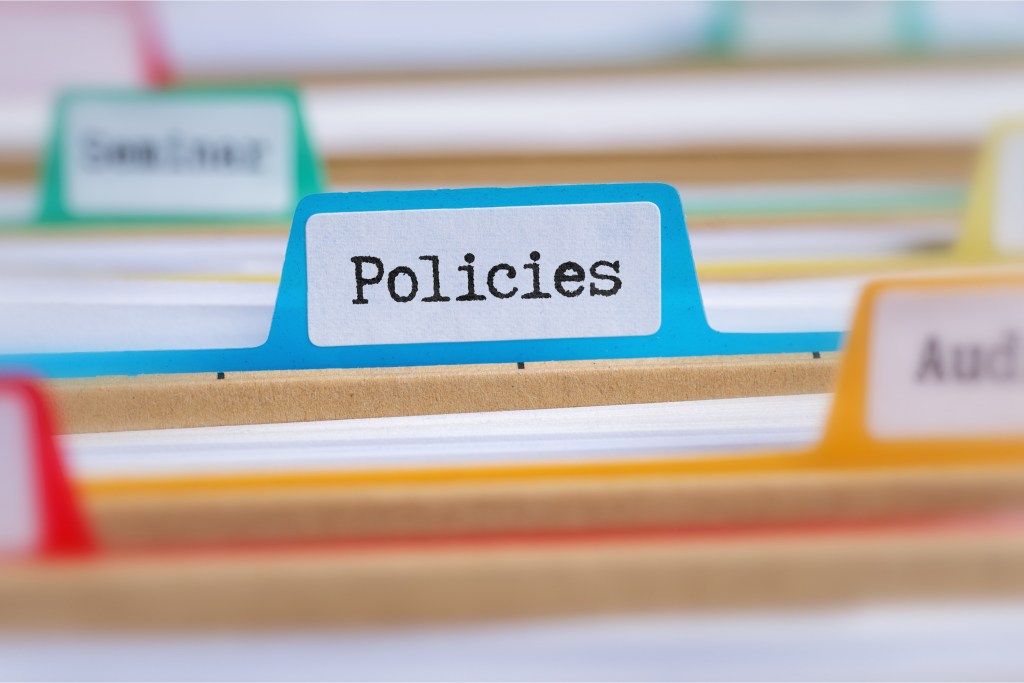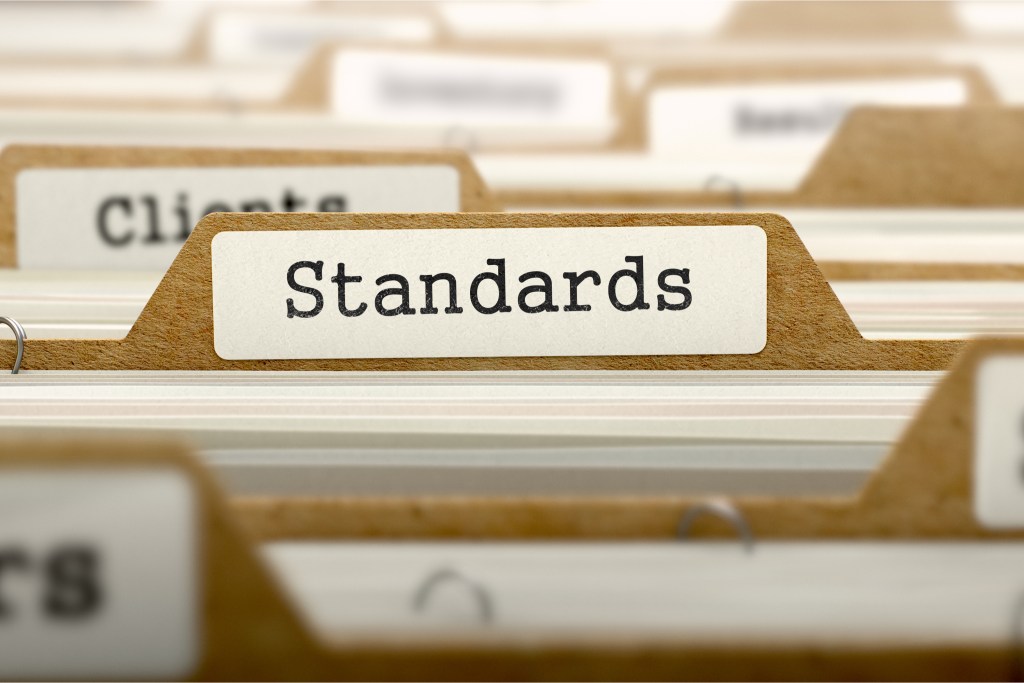The first step to establishing effective office management procedures is to create a clear vision of your workplace environment. How will employees interact with each other? How will they get work done and still have time for themselves outside of the office? How do you want them to feel when they go home after a long day at work?
Once you have these answers, it becomes easier to establish the types of policies that need to be put in place. The next step would be implementing those policies by sending out memos, meeting with managers individually or as a group, and holding regular meetings where everyone is encouraged to ask questions about how things are going in their departments.
This article will discuss four steps that will help you establish effective office management procedures so that your company is running both smoothly and efficiently.

What is office management?
Before we get into the steps you should take to establish effective office management procedures; it’s a good idea to provide an office management definition.
With that in mind, you should understand that office management is the set of administrative activities necessary to run a business. It includes, but isn’t limited to, managing finances, accounting, and personnel policies, and ensuring compliance with legal requirements. These functions help managers work more effectively by keeping them organized and informed about what’s going on in their departments or company-wide.
Put your office policies and procedures in writing
The first step to ensuring that your company’s office management procedures are effective would be creating a draft document that details what they are. Once drafted, you can then put them in place.
The next step would be implementing those policies by sending out memos, meeting with managers individually or as a group, and holding regular meetings where everyone is encouraged to ask questions about how things are going in their departments. For these steps to work well together, they need to flow seamlessly from one stage to the next without any issues along the way; thus, having them written down helps keep everything organized and more efficient.
Create protocol
To create a protocol, an individual with authority in the company should start by determining what can be done. This is followed by assessing how that activity will affect other activities in the office and whether or not any of those activities are critical for survival (i.e., if they need to happen on time). Then create a set of standard operating procedures.
In case you don’t know, standard operating procedures (SOP)s are a set of written instructions that tells people in a specific organization how to do their work. It is usually used when the activity needs to be done repeatedly or by different people without time being taken for training them. You can also use an SOP if you want something handled routinely and don’t need any creativity on your part.
When creating an SOP, there are three steps. They are: determining what activities should take place next within the office environment, identify who will know about this procedure and when it has been completed, and lastly, writing up all these steps as standard operating procedures, so everyone knows what is expected from them.
Train staff and get organized
You should have an employee handbook, which your office workers can refer to when they need clarification on any given policy. You should provide that handbook to all new employees upon hiring them. If you’ve developed a new handbook, then all current employees should be given a copy of that, too.
Remember that most employees can increase their efficiency and improve the entire office environment when they know what is expected. You should also make sure that all employees are trained on applicable SOPs. You should have a specific individual who is responsible for training your staff on these operating procedures, either one-on-one or in a group setting.
Maintain and update procedures
It’s crucial to keep in mind how frustrating it can be to ask an employee to do something only to discover that the operating procedure for that task is outdated. How are your employees supposed to do their jobs if they don’t know the correct protocol? Outdated office management procedures cost too much in wasted time and productivity.
You should therefore update them as needed. Additionally, your office management procedures should be reviewed periodically by senior staff members or other relevant professionals to ensure that they are current with your company’s changing demands and expectations.

Summary
You need the employees in your office to stay on top of their work and prioritize their most important tasks. To accomplish that, you must set clear expectations and ensure strong communication with them. You can do much of that by establishing effective office management procedures.
You need to record those procedures in a written document, such as an employee handbook. Further, all of the standard operating procedures you place there should be regularly maintained and updated by executive staff. Finally, get constructive feedback from those who must follow the procedures you’ve created. To be as effective as possible, you should ensure that your employees have a hand in crafting the systems everyone must follow.


